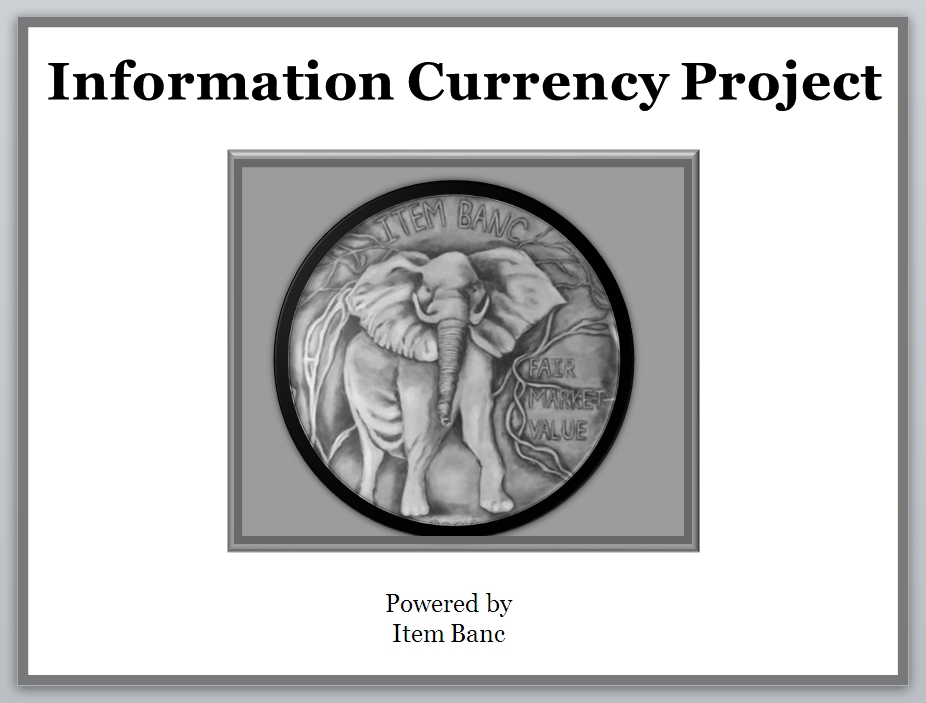THE NEED FOR VALUATION TECHNOLOGY

It is a most advantageous time to introduce Item Banc because the world needs a technology that can deliver valuation information. Valuation methods are not stable. Markets need a new method to deliver fair market value to all countries.
Item Banc can deliver a valuation engine to the market. For producers and farmers and manufacturers, Item Banc can capitalize production. For distributors, Item Banc can deliver commoditization of products to enable relative value indicators. For financial markets, Item Banc can capitalize businesses
Current Post
- The Future Role of Banks in Business Capital Manifestation August 13, 2024
Previous Posts
- August 2024 (1)
- July 2024 (3)
- May 2024 (3)
- April 2024 (1)
- March 2024 (3)
- January 2024 (2)
- November 2023 (2)
- June 2023 (2)
THE VALUE BASELINE CREATED BY ITEM BANC
Item Banc creates a baseline of Value based on the relative value of BHN products available for consumption around the world. The BHN (Basic Human Need) products include about 100 hard-goods total in the categories of food, building materials, clothing, paper products, and hygiene. The Item Banc Engine takes as input from Validators what BHN products are available at what cost in national currencies. This information is averaged together by the Engine in a process similar to the economic formulas of Purchasing Power Parity (PPP).
The benefit of this Valuation technology is that currencies can be priced in terms of basic needed goods instead of currencies being valued by the supply and demand of currencies themselves.
From this technology baseline, other valuations can be built and validated on the blockchain based on comparables. Our team is building a decentralized network that will reward persons who enter price data for BHN items in their city.
Our team will create a gateway where the information processed by the Item Banc can be purchased with tokens. This information can function as a new value baseline to begin the build of comparables on the blockchain.
Be the first to enter the data for your country at https://Itembancindex.io
Blockchain and smart contract technology have created the opportunity to allow the Item Bancs to capture and capitalize live BHN product valuation information and the Item Banc Engine uses this to publish fair market value with Information Currency.
It is with fair market value that economies can thrive, companies can be secured by their production and people can trust a fair reward for their work. Fair market value finds parity when currency is Information and Information is currency.
ITEM BANC TESTING PHASE TIMELINE
Alpha Testing Technology 1998-2002
Twenty years ago the Item Banc Engine was designed and documented. An application for patent was made to the US Patent Office on May, 1999 (60/132,779) and May 5, 2000 (09/566,265). The Item Banc Engine for Conducting Barter Transactions over a Computer Network by Virginia Robertson
A small team of programmers set out to test and code the design. Forty five independent building supply distributors in twenty states across the US agreed to contribute their live data for the test. The programmers combined live inventory data into a single system in South Carolina. The data consisted of non-productive stocks (items that had not sold for a year) and was tested on the artificially intelligent naming and categorization technology of Item Banc. The goal of the test was to refine the program design so that the Item Banc Engine could automatically commoditize Items given drastically different naming conventions across platforms and states. The system was able to identify and value the items.
Alpha Testing Commodity Trade 2002-2013
The next test needed to prove that non-productive commodity inventories represent currency failure (as they have no value). If the currency was misreporting value then these inventories should find their true value in a different economy. It was also necessary to prove the practicality of moving non-productive commodity inventories into markets where they could be revalued.
With the guidance of experts in the International Reciprocal Trade Association, Ruffin Trading Company, LLC tested moving non-productive building materials at every level of distribution including export. This testing lasted well over ten years but showed how commodity inventories that were non-productive (had zero value) in one economy could rediscover their commodity value in new markets, proving theory. The book, “Information Currency: The New Green” 2009 documents the testing, the concepts and the algorithms.
Soon to be released in the first quarter of 2022, “The Language of Value”, published by BEP, will outline the technology road to Information Currency.